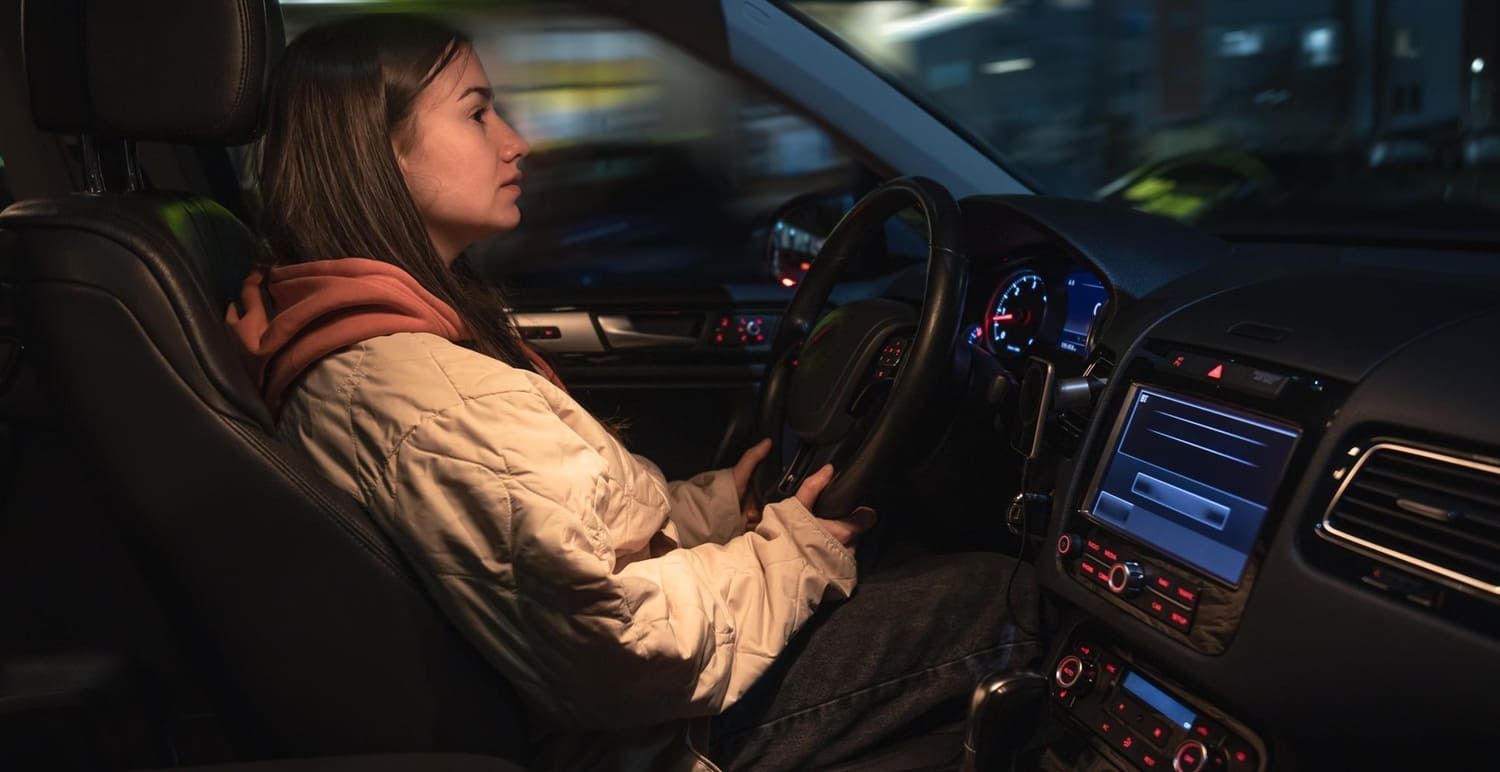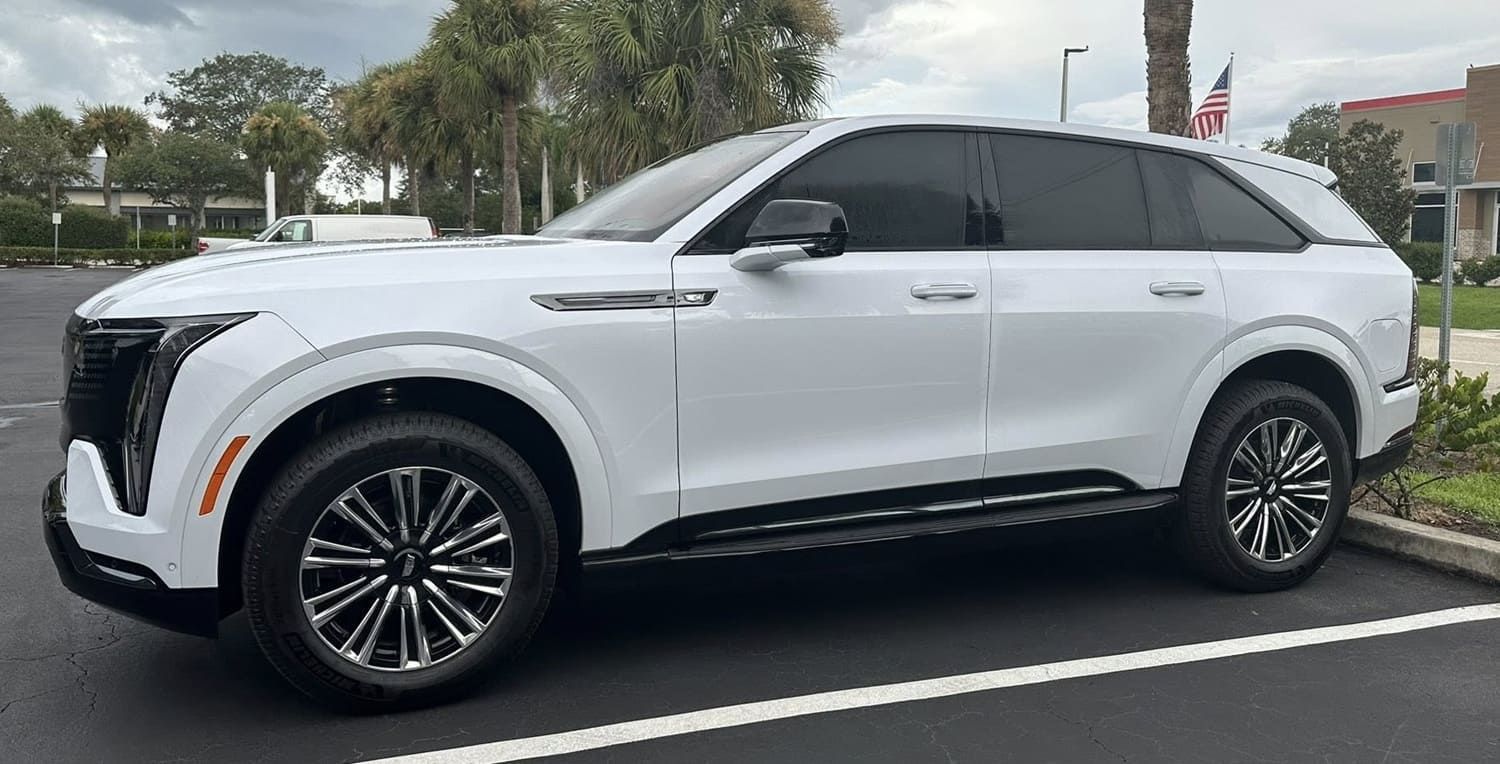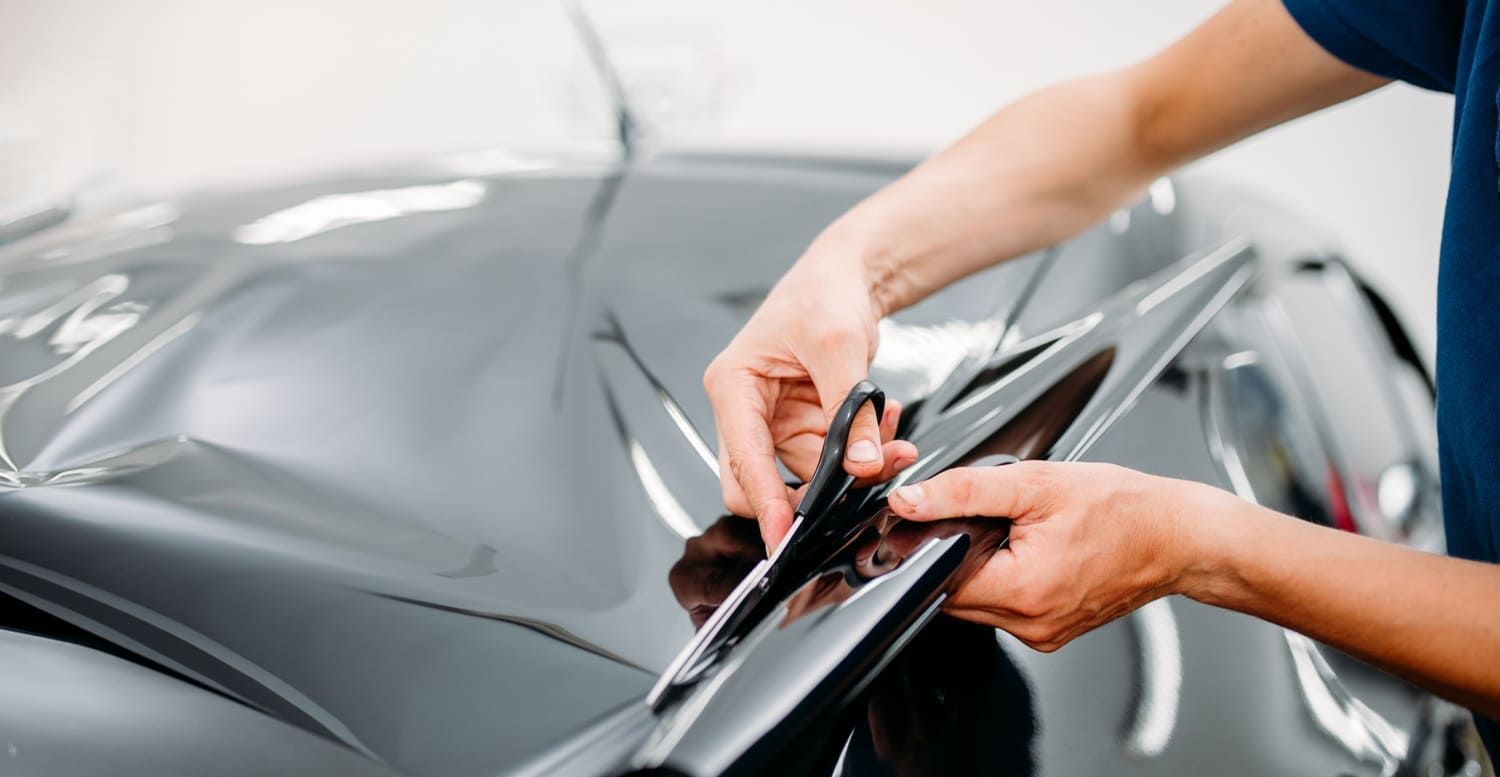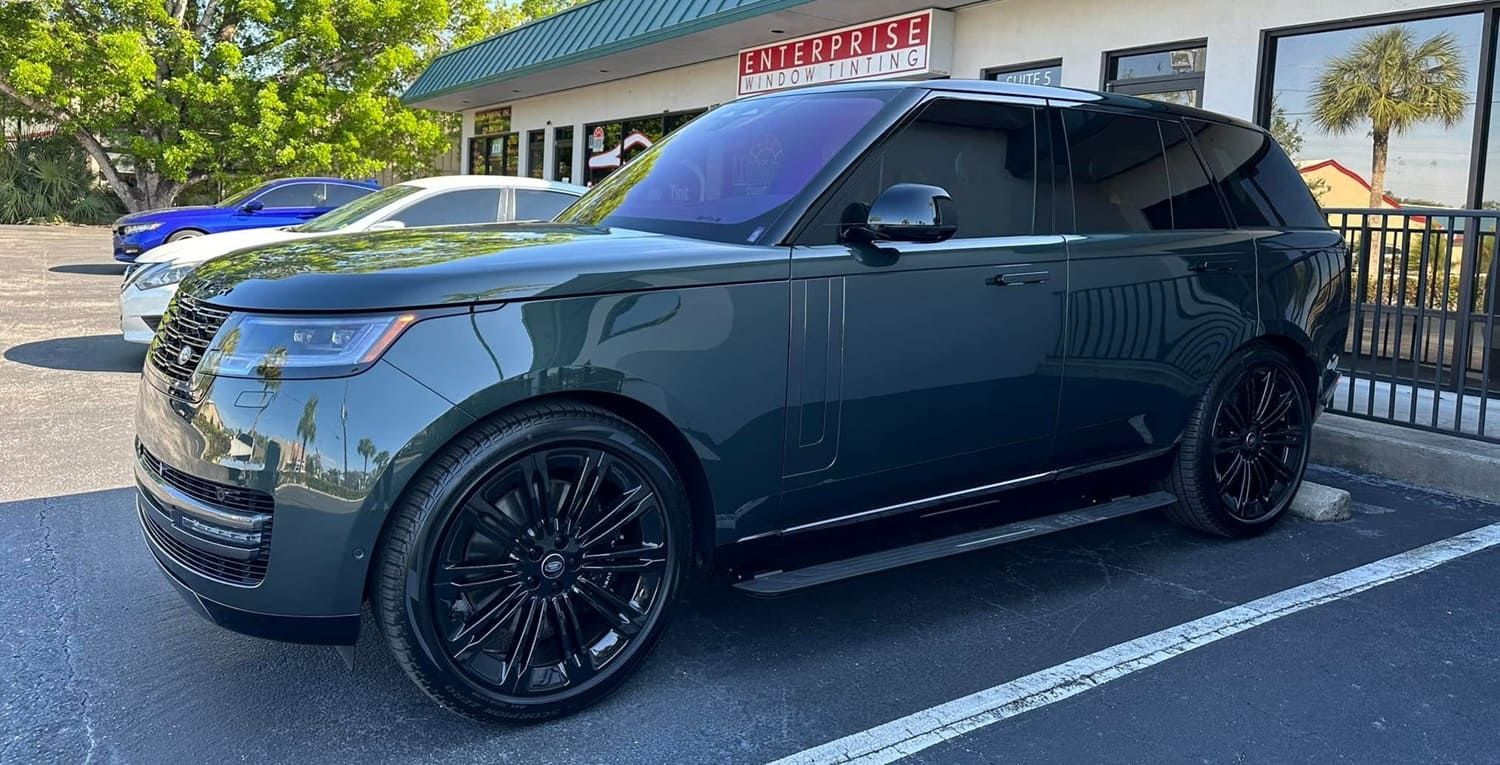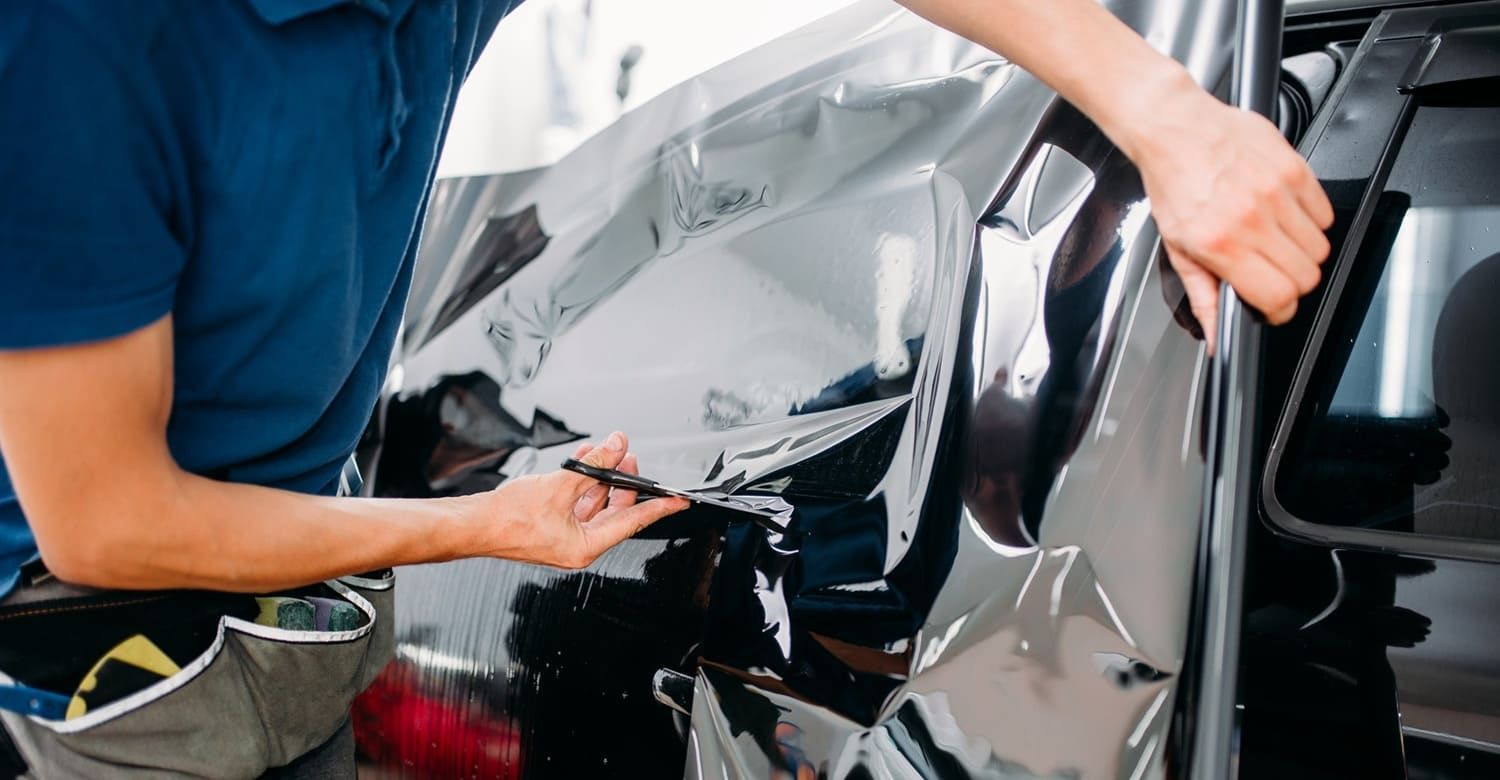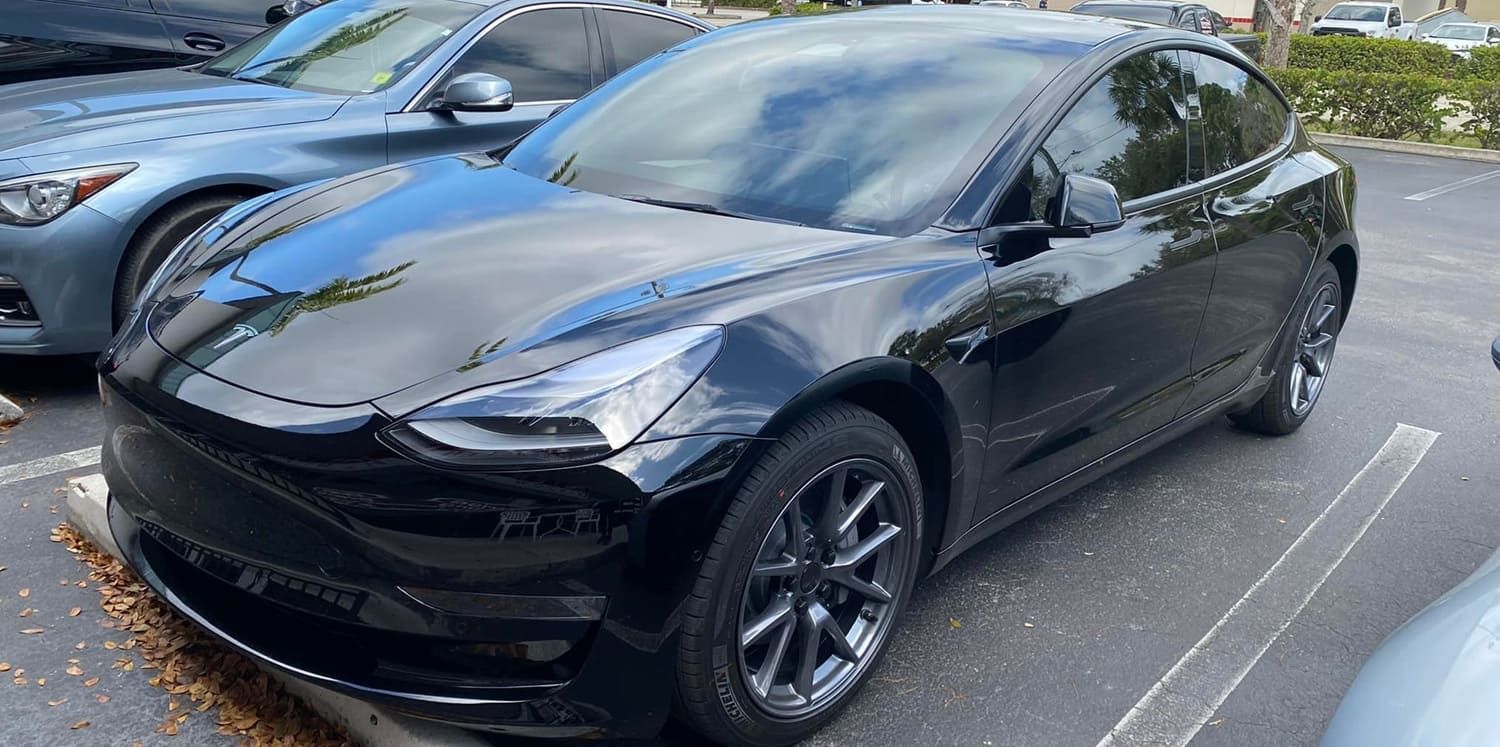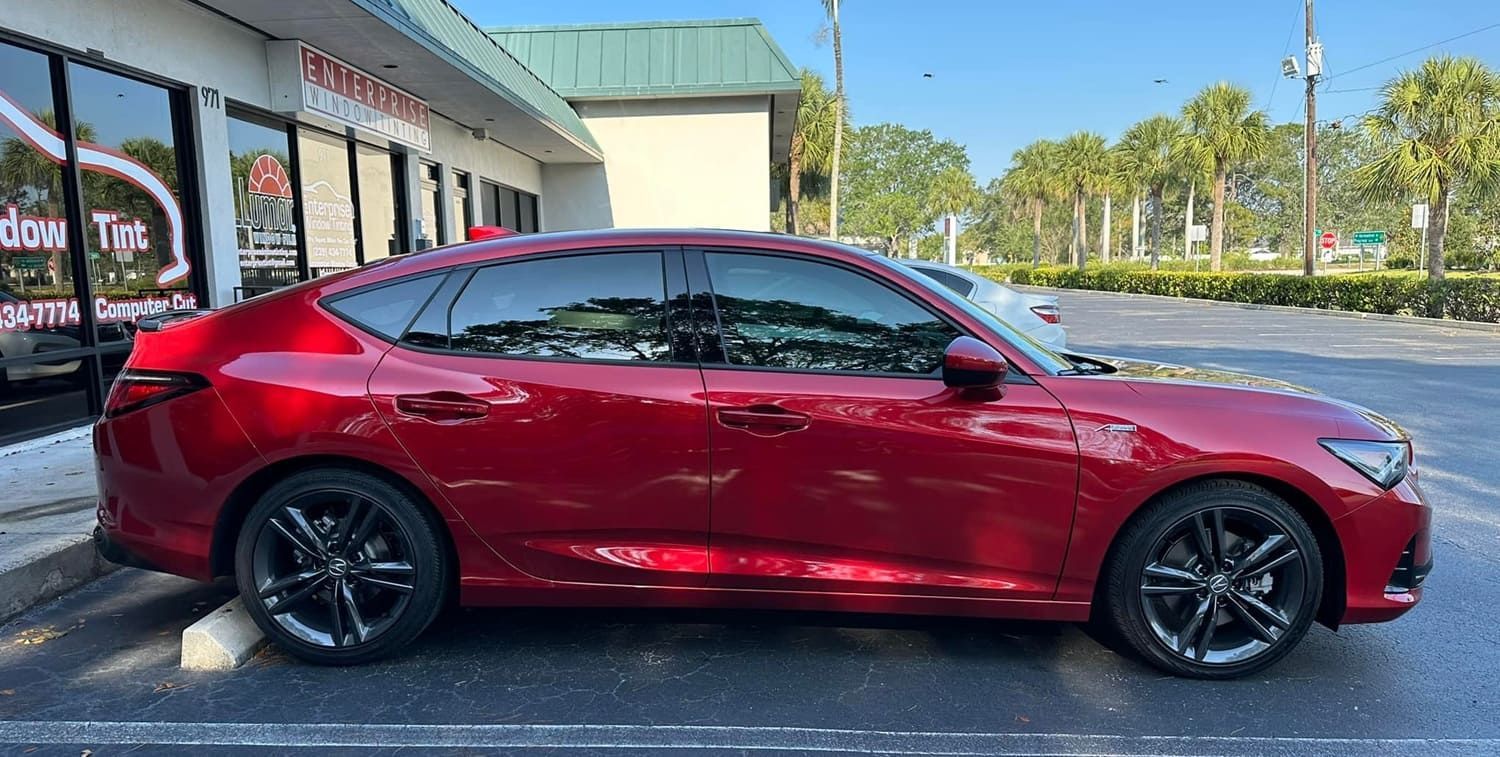Florida Window Tint Laws 2026: What Drivers Must Know
Understanding
Florida window tint laws for 2026 is essential for every driver who wants to avoid fines,
increase comfort, and stay safe on Florida’s sun-drenched roads. As regulations evolve, being informed about legal limits and compliance ensures hassle-free driving now and in the future.
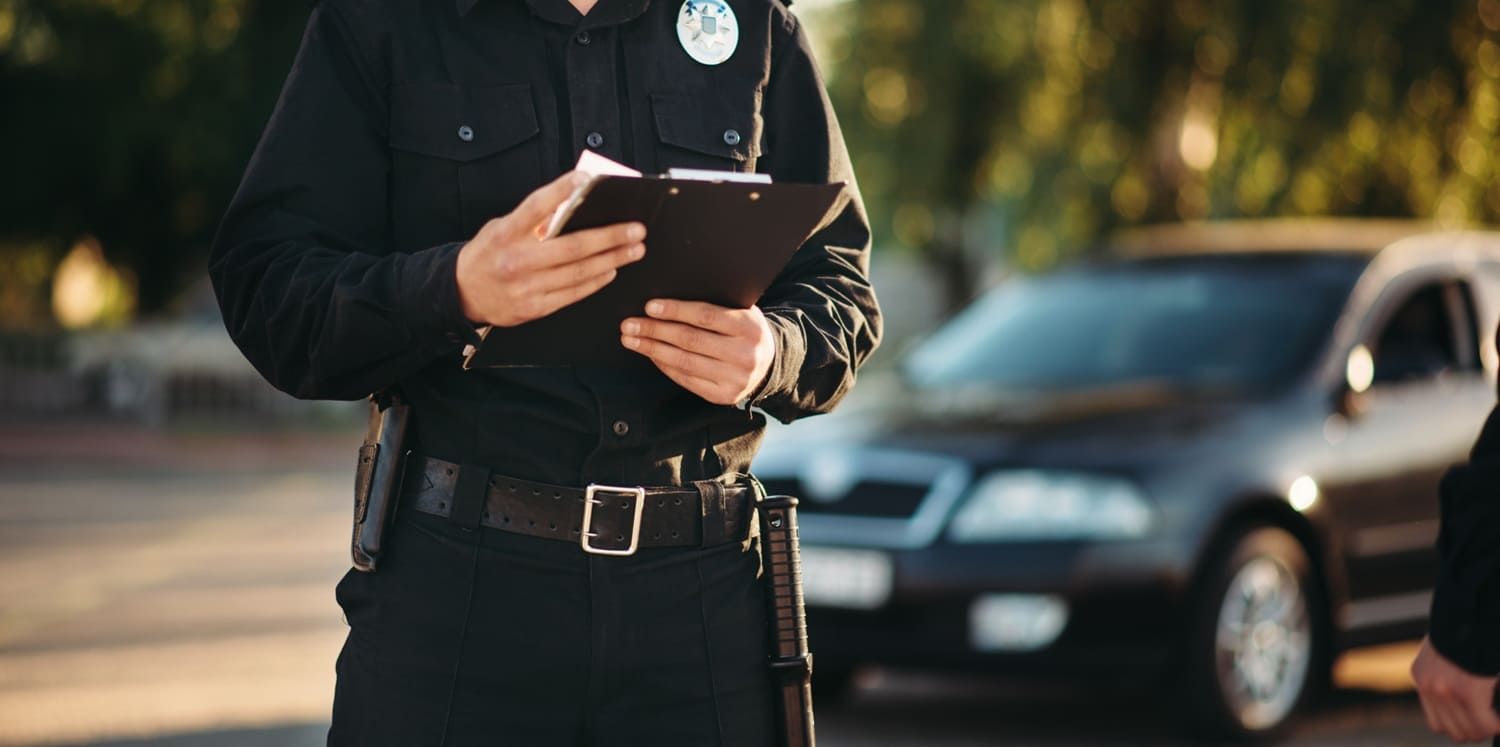
Why Knowing Florida Window Tint Laws 2026 Matters
In Florida,
window tinting is both a popular and practical car modification. The Sunshine State’s intense UV rays make automotive tinting a smart choice for
reducing heat, improving comfort, and protecting your car’s interior. However, failing to comply with state laws can lead to expensive penalties, safety hazards, and visibility issues.
Since law enforcement actively checks tint compliance, staying updated with the latest Florida window tint laws 2026 is vital for avoiding unexpected fines and ensuring legal, stress-free driving. Understanding the legal tint in Florida not only keeps you on the right side of the law—it also supports your safety by providing clear visibility day and night.
Legal Tint Percentages in Florida: VLT Explained
What Is Visible Light Transmission (VLT)?
The critical factor in car window tint compliance FL is Visible Light Transmission, or VLT. VLT is the percentage of visible light that passes through your combined glass and tint film. The lower the tint percentage Florida, the less visible light gets inside—making the tint darker.
Legal VLT Limits for Sedans (2026)
- Windshield: Non-reflective tint allowed above the manufacturer’s AS-1 line only.
- Front Side Windows: Must allow more than 28% of light in (VLT ≥ 28%).
- Rear Side Windows: Must allow more than 15% of light in (VLT ≥ 15%).
- Rear Window: Must allow more than 15% of light in (VLT ≥ 15%).
Legal VLT Limits for SUVs & Vans (2026)
- Windshield: Non-reflective tint allowed above the AS-1 line.
- Front Side Windows: VLT must be at least 28% (VLT ≥ 28%).
- Rear Side Windows & Rear Window: VLT must be at least 6% (VLT ≥ 6%).
Legal VLT Limits for Trucks (2026)
- Windshield: Non-reflective tint above the AS-1 line only.
- Front Side Windows: VLT must be at least 28% (VLT ≥ 28%).
- Rear Side Windows & Rear Window: VLT must be at least 6% (VLT ≥ 6%).
Reflectivity Restrictions Under Florida Law
Reflective tint helps reduce glare and heat but is regulated for safety. Under Florida’s automotive tint laws (2026):
- Front Side Windows: No more than 25% reflective.
- Rear Side Windows: No more than 35% reflective.
Extremely mirrored and metallic films are prohibited to ensure visibility for both drivers and law enforcement.
Color Limitations for Legal Tint in Florida
Florida law prohibits certain tint colors as part of its 2026 safety and clarity mandate. The following are NOT permitted on any window:
- Red
- Amber
- Blue
Stick with neutral shades like gray, black, or charcoal to ensure full car window tint compliance FL.
Medical Exemptions for Darker Window Tint
Certain medical conditions—like photosensitivity, lupus, or skin cancer—may qualify for a medical exemption, permitting darker than legal tint percentages Florida. To obtain a medical exemption:
- Get a signed statement from a Florida-licensed physician specifying the need for reduced light exposure.
- Apply for and carry a DHSMV-issued exemption certificate at all times.
- Be ready to present your certificate to law enforcement if stopped for a tint check.
The exemption is issued to the individual, not the vehicle—so any driver using the exemption must have their own paperwork.
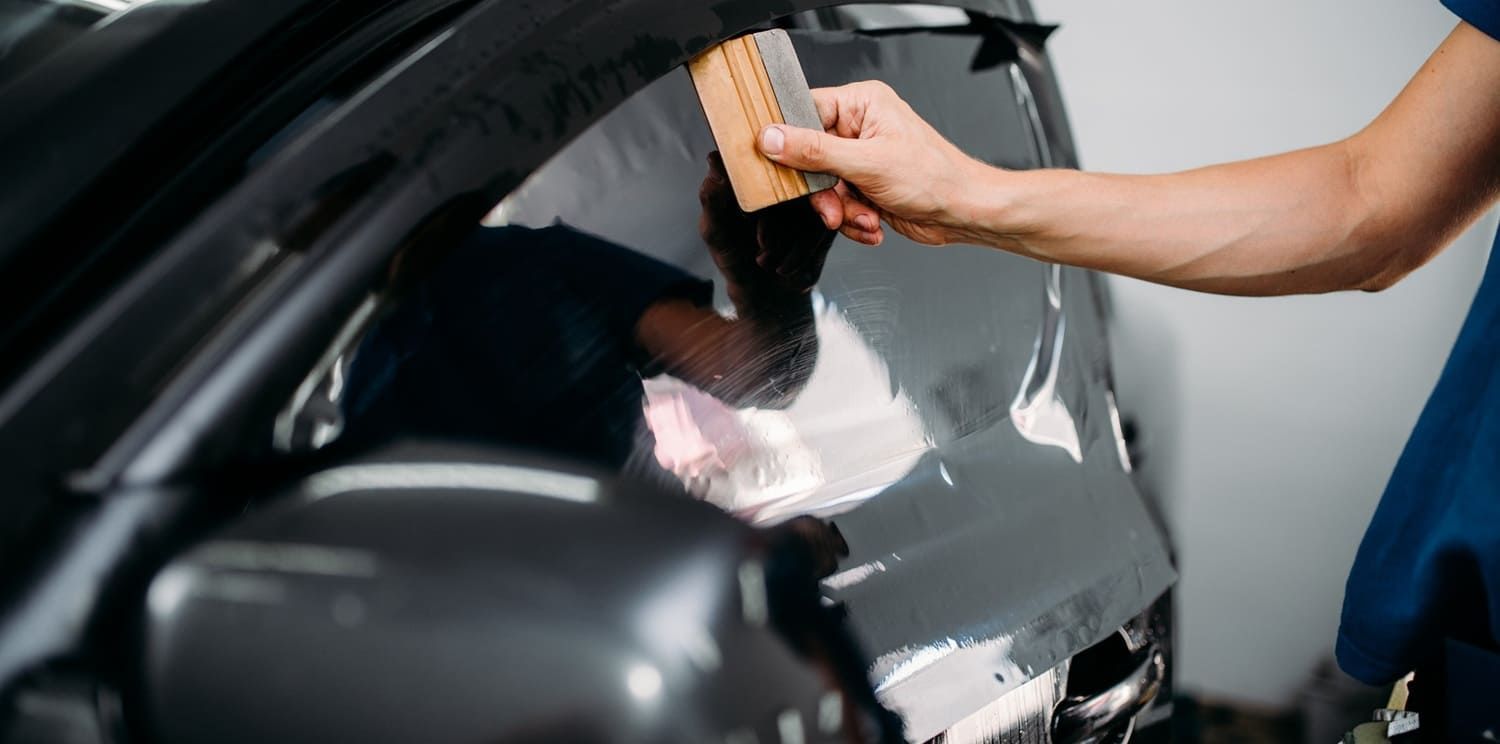
Penalties for Non-Compliance with Florida Window Tint Laws 2026
Violating automotive tint laws Florida in 2026 can be costly and inconvenient:
- First Offense: Counts as a non-criminal traffic infraction, with fines ranging from $116 to $150 per window.
- Repeat Offenses: Lead to higher fines and possibly points on your driver’s license.
- Risk failing vehicle inspection or trouble renewing registration if your tint doesn’t comply.
- Law enforcement officers can check your tint percentage Florida with portable VLT meters during a routine stop.
There are no grace periods—officers are empowered to enforce tint limits immediately.
The Practical Benefits of Legal Car Window Tint in Florida
Complying with 2026 Florida window tint laws isn’t just about avoiding fines. Legal window tint reduces glare, blocks up to 99% of harmful UV rays, preserves your interior, and keeps your vehicle cooler during the state’s long, hot summers. For maximum benefit, always opt for
professional installation and state-approved products that guarantee both comfort and compliance.
How to Stay Compliant: Tips for Florida Drivers in 2026
- Keep your compliance certificate from your installer and ensure the required VLT sticker is on the driver’s door jamb.
- Ask your tint shop for in-person VLT meter testing before you leave.
- Don’t layer new tint over factory glass without checking the total VLT—a common mistake that can cause non-compliance.
- Stay updated on law changes each year; reputable installers follow legislative updates and can inform you about your options.
- Use only top-quality window films from certified shops for best results and legal car tint FL compliance.
FAQs: Florida Window Tint Laws 2026
What is the legal tint percentage for front windows in Florida?
Minimum VLT is 28% on front side windows for all vehicle types.
How dark can rear windows be on a sedan or SUV?
Sedans: at least 15% VLT; SUVs/trucks: as low as 6% VLT.
Are reflective or mirrored tints legal?
Front side up to 25% reflective; rear up to 35%. Mirror and excessively metallic tints are not allowed.
Which tint colors are banned under Florida law?
Red, amber, and blue tints are not permitted.
Who qualifies for a medical exemption for darker tint?
Certain conditions like lupus, photosensitivity, or other UV-sensitive diagnoses, with documentation from a licensed physician.
How do police test tint percentage in Florida?
Using a calibrated VLT meter during traffic stops or inspection points.
What penalties apply for illegal car window tint in Florida?
Fines (usually $116–$150 per window), risk of failed inspection, and possible license points for repeat violations.
Can I have different tints on my front and back windows?
Yes, as long as each window meets its specific legal VLT requirement.
Does a factory tint count toward total VLT?
Yes, all layers combined must meet the state’s VLT minimums.
Will my tint shop ensure my installation is legal?
Most certified shops provide compliance certificates and accurate VLT testing to guarantee legality. Always request both.
Conclusion: Stay Safe, Cool, and Legal with Florida Tint Laws
Florida’s 2026 window tint laws are designed to balance comfort, safety, and legal visibility. By staying informed of current VLT, color, and reflectivity restrictions—and working with certified professionals like Enterprise Window Tinting, you’ll avoid fines and drive confidently. Our expert team in Naples, FL provides free estimates, professional installation, and compliance checks to ensure your tint meets all state standards. Contact us today at 239-434-7774 or to schedule your free estimate and stay compliant while keeping your vehicle cool and stylish.
